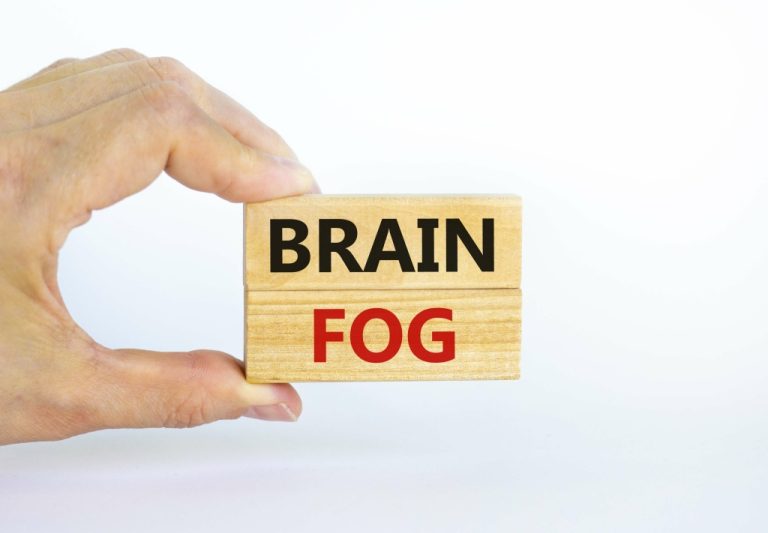A revitalized biopsychosocial model: core theory, research paradigms, and clinical implications PMC
Central to the Disease Model is the understanding that addiction involves changes in the brain’s structure and functioning, leading to compulsive drug-seeking behavior and a reduced ability to control substance use. These changes primarily affect the brain’s reward system, which plays a crucial role in reinforcing behaviors essential for survival, such as eating and social bonding. Substances of abuse or addictive behaviors hijack this reward system, causing the release of neurotransmitters like dopamine, which produce feelings of pleasure and reinforcement. Over time, repeated substance use or engagement in addictive behaviors leads to neuroadaptations, altering the brain’s functioning and driving the individual to prioritize drug-seeking behavior above other essential activities. By ignoring these complex factors, the Moral Model may hinder the development of effective treatment strategies and perpetuate misconceptions about addiction.
Understanding the Impact of Close Relationships
The social burden of illicit drug addiction is estimated at billions of dollars per year (Fisher, Oviedo-Joekes, Blanken, et al. 2007). Research that involves providing drugs to individuals living with an addiction must negotiate between science, ethics, politics, law, and evidence-based medicine. For instance, despite its cost-effectiveness and ease on burden of disease, the supervised injection site (SIS) in the Downtown Eastside area of Vancouver, Canada has been repeatedly http://tomatocart.ru/space-uid-1478.html threatened with closure by politicians. The threats are based on emotional and moral attitudes towards the existence of the SIS and drug addicts generally, as opposed to empirical evidence (Des Jarlais, Arasteh, and Hagan 2008). Advances in addiction research are increasingly being applied to gain deeper knowledge about the impact of drug use on brain structure and functioning, capacity, autonomy, free choice and decision-making, behaviour, treatment, and symptom reduction.

A Comprehensive Understanding of SUD and Recovery
- Substances such as alcohol and legal or illegal drugs have been used for recreation, celebration, and coping with difficult life situations and health problems [37].
- In this paper we use the term “substance use disorder” or “addiction” to refer to both the complex nature of severe substance dependence and substance abuse.
- This realization should help us cultivate empathy for those with addiction—it is very likely that others truly do not know how drugs make them feel.
- Indeed, McLaren goes so far as to say that, as a scientific model, the BPSM “doesn’t exist” (McLaren 2021, 644).
- One explanation for this trend is that the toxic stress from trauma leads to a dysregulated stress response.
Dr. George Engel and Dr. John Romano developed this model in the 1970s, but the concept of this has existed in medicine for centuries. Given the emphasis on social, cultural, and environmental factors within the Social Model, treatment and prevention strategies https://psikolojidenoku.com/bir-yok-olma-duzlemi-anoreksiya/ informed by this model often focus on community-based interventions and public health policies. These approaches aim to address the social determinants of addiction and create environments that promote healthier behaviors and support recovery.
Complexity and Causality
- Drawing on previous work (Bolton & Gillett, 2019), I will present a case that Engel’s main idea – that a BPSM was required to replace the BMM – was visionary but programmatic.
- A relatively new class of theories known as ‘embodied mind’, ‘embodied cognition’, or ‘4E cognition’, explicitly overturns dualism and are, therefore, potentially relevant to a revitalized BPSM.
- Second, and connected, regulatory mechanisms can break down, allowing foundational distinctions between life and death, health and disease, that are unavailable in physics and chemistry.
- According to the model, illness is a product of dynamic interactions among the sorts of factors listed in Fig.
- Additionally, many neurotransmitters are involved in the experience of reward (dopamine, opioids, GABA, serotonin, endocannabinoids, and glutamate; Blum et al., 2020).
Thus, Kohlbeck and Nelson would have health professionals working to restructure society and manipulate the parameters of public debate as forms of disease control and prevention. In sum, the BPSM, as a conceptual framework, has expanded the parameters of medical research and practice in some helpful ways. So long as medical actors do not attempt to use https://scale-models.net/the-benefits-of-having-a-hobby-you-enjoy/ BPSM itself for the purposes of defining disease(s) or establishing causal relationships, it can play a useful role in medicine. To sum up, the BPSM can appropriately be called a “conceptual framework,” but it is not a scientific model or an explanatory model of disease (Bolton and Gillett 2019; Ghaemi 2011; McLaren 1998; Quintner and Cohen 2019).

In particular, family, partners, and friends were mentioned as both resources and as people who caused trouble and pain. This is in line with former research on recovery, which emphasised the importance of social relationships during a recovery-process [22, 31, 35, 43, 44]. Moreover, Engel fails to recognize that redefining disease as illness imposes an enormous burden on him, which he fails to meet. Disease so-defined—essentially, all human suffering involving known or presumptive biological, psychological, and social factors—is clearly a vast phenomenon.
Treatment and recovery approaches based on the Moral Model alone may be inadequate, as they do not address the multitude of factors contributing to addiction. For example, solely focusing on an individual’s moral character or willpower may overlook the need for medical interventions, psychological therapy, and social support, which are crucial components of successful addiction treatment. Few morbid conditions could be interpreted as being of the nature “one microbe, one illness”; rather, there are usually multiple interacting causes and contributing factors. Thus, obesity leads to both diabetes and arthritis; both obesity and arthritis limit exercise capacity, adversely affecting blood pressure and cholesterol levels; and all of the above, except perhaps arthritis, contribute to both stroke and coronary artery disease. Some of the effects (depression after a heart attack or stroke) can then become causal (greater likelihood of a second similar event).
Other Mental Health Resources
Yet Camilleri and Choi classify IBS itself as “a disease.” In fact, they call it “the most common disease diagnosed by gastroenterologists” and say that “it” “affects about 20% of all people at any one time” and “has a large economic impact” (Camilleri and Choi 1997, 3). I argue that TMD has become the subject of unjustified claims and that these claims are at least partly products of the question-begging strand of wayward BPSM discourse. To keep the detail presented to a minimum, I have provided a full version of the TMD case study in the online Appendix, and offered an abridged version here. Adopting this strong position on the BPSM’s capabilities tends to place the researcher in an implicit bind.
BPSM core theory
In particular, it has the capacity to [1] prematurely represent ambiguous states of suffering as organic problems falling under medicine’s purview, and [2] expand the domain of “disease” in ways that unjustifiably increase the power of medicine and the state. They are essentially labels that identify pools of unexplained symptoms for further study. After these constructs were originally developed, researchers were (as just discussed) supposed to revise them in light of incoming empirical findings in an attempt to validate them, or, alternatively, abandon the constructs if validation failed (Dworkin and LeResche 1992; Fukuda et al. 1994; Holmes et al. 1988). Although redefinitions of CFS and TMD have been proposed, both constructs have for decades remained relatively unchanged, in the face of little evidence for their validity (Institute of Medicine 2015; Ohrbach 2021; Ohrbach and Dworkin 2016; Schiffman et al. 2014). For an example of the appeal-to-authority argument, consider an article on irritable bowel syndrome (IBS) by Camilleri and Choi (1997). To be diagnosed with IBS, a patient must report bowel troubles and also show no signs of “organic disease” (Camilleri and Choi 1997, 3, 8, 9, 11).

 Lokacije
Lokacije Broj telefona
Broj telefona Email adresa
Email adresa
Leave a Reply
Want to join the discussion?Feel free to contribute!